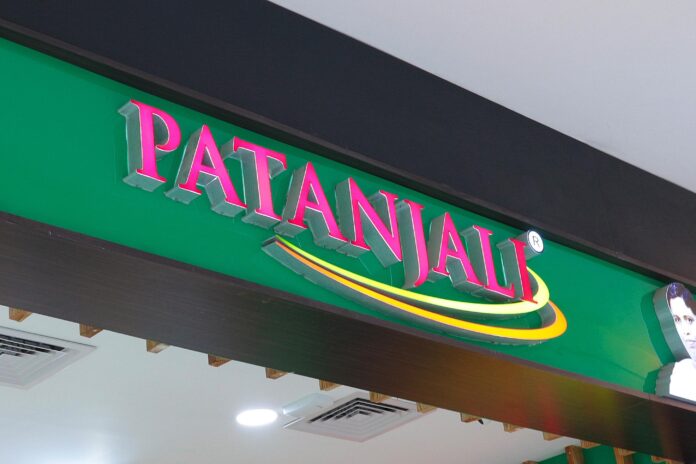NEW DELHI: Patanjali Ayurved Limited, which runs manufacturing facilities in Haridwar (Uttarakhand), Sonipat (Haryana), and Ahmednagar (Maharashtra), was investigated by the Directorate General of GST Intelligence (DGGI) following intelligence about suspicious transactions.
Authorities noted that certain firms were availing high Input Tax Credit (ITC) without corresponding income tax credentials, suggesting possible circular trading. In April 2024, the DGGI issued a show-cause notice proposing a ₹273.51 crore penalty under Section 122(1)(ii) and (vii) of the Central Goods and Services Tax Act, 2017.
Although the DGGI later dropped tax demands under Section 74 via an adjudication order on January 10, 2025, it opted to continue penalty proceedings. Patanjali challenged the penalty notice before the Allahabad High Court, arguing that Section 122 penalties entail criminal liability and thus require a criminal trial.
A division bench of the Allahabad High Court, comprising Justice Shekhar B. Saraf and Justice Vipin Chandra Dixit, dismissed Patanjali’s petition on May 29, 2025. The bench rejected the argument that Section 122 penalties are akin to criminal punishment and cannot be imposed without criminal court adjudication.
Instead, the court held that penalty proceedings under Section 122 are civil in nature and fall squarely within the adjudicatory jurisdiction of tax officers. “After detailed analysis, it is clear that the proceeding under Section 122 of the CGST Act is to be adjudicated by the adjudicating officer and is not required to undergo prosecution,” the bench observed in its order.
In other words, once the DGGI issued the show-cause notice, the matter could be decided through civil penalty proceedings without reference to a criminal court.
The High Court affirmed that there is no requirement under the GST Act for a parallel criminal trial to determine liability or impose penalties under Section 122. During its probe, the DGGI discovered that for all product categories under scrutiny, Patanjali’s reported “quantities sold” exceeded “quantities purchased” from suppliers.








